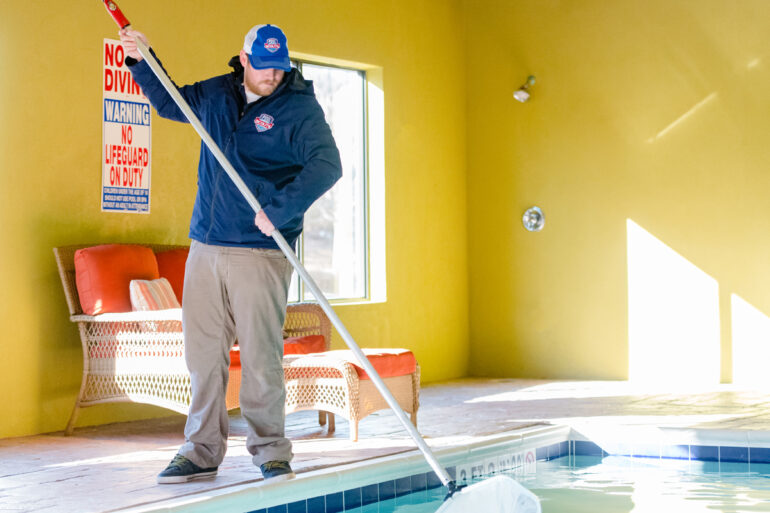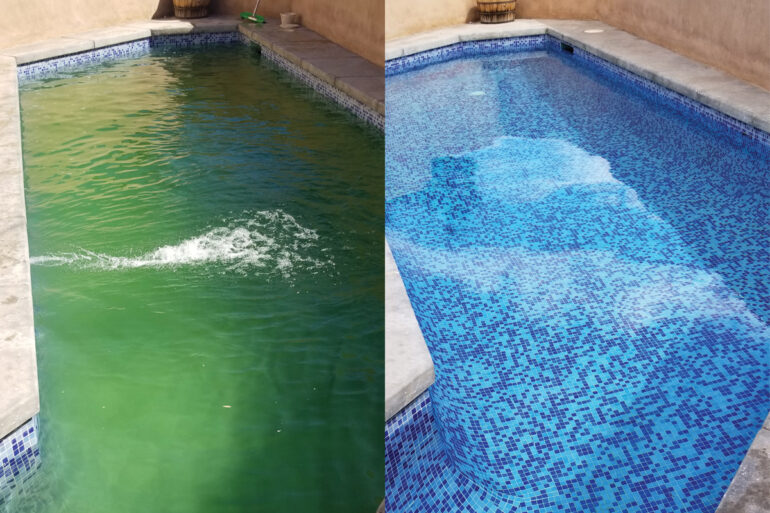Pool Care Hacks
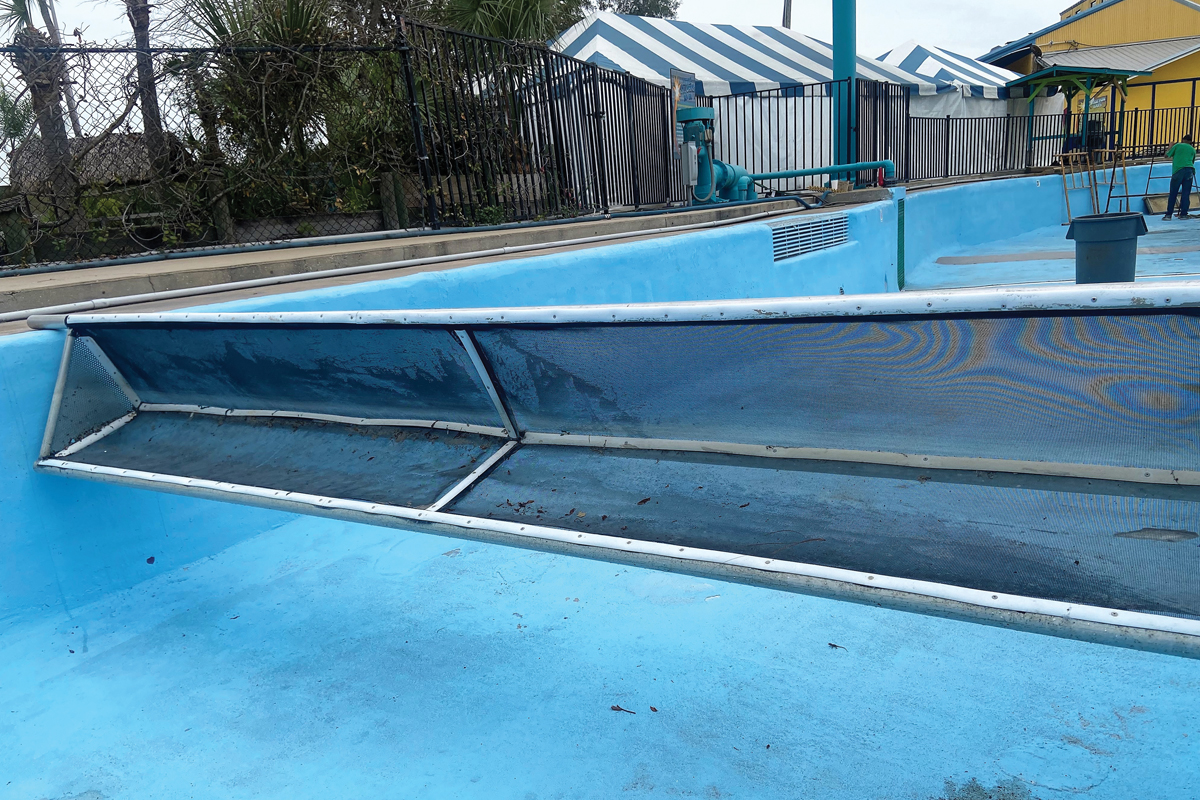
One of the benefits of being a crusty old pool guy such as myself is that, by the time you get to my age, you have seen a lot of pretty cool things. Sometimes we pick up a few tricks along the way; things that can save time, money or even perform the impossible.
Get Your Vitamin C
Chlorine strips electrons from metals in the water (oxidizes), and when this occurs with iron, a rust-like stain is left on the pool wall or floor. Ascorbic acid is an electron donor, so it will replace the electron the chlorine stripped away, causing the iron stain to bleach or be removed. This is why a lot of pool pros carry a bottle of vitamin C tabs in their glove box. Specifically, to test a stain (rubbing a tab lightly on the spot to see if it lightens) to determine if an ascorbic acid treatment will work.
But, the magic of vitamin C is limited to iron. It does not work so well with copper. Here we have better luck with aluminum sulfate. Aside from the low pH of the product, aluminum is also more reactive than copper. This is a huge factor in its success in removing the tougher copper stain. Just sprinkle lightly over the spot. If you get all crazy with your dose, you’ll have one heck of a mess to clean up.
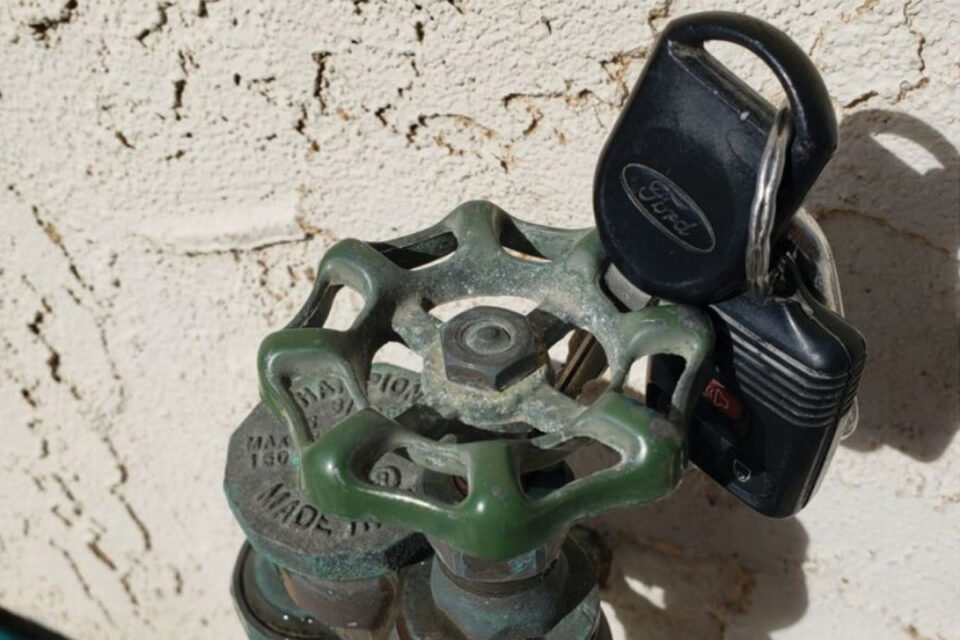
While we are on the subject of alum, we should talk about removing phosphates. When added at a dose of 50 to 100 ppm, alum will drop everything to the floor of the pool in a metallic hydroxide. When you vacuum the sludge to waste, you’ll have lowered the phosphate levels, as well as removing cryptosporidium, giardia and arsenic if present. (I hope not.) It is important to note that the ability of alum to destabilize colloidal particles (make the sludge) is both pH- and temperature-dependent, and you’ll want to bypass the filter.
The Power of Soap
The O-ring in the cover of an erosion feeder is made from a special material called Viton, which translates loosely to “very expensive O-ring.” If you would like these costly rubber seals to last a bit longer, lubricate them with Ivory bar soap. The O-rings will last longer than with any other type of unguent, including silicone or Teflon based lubes. It does have to be Ivory bar soap specifically, not another form of Ivory products or another brand, because Ivory has no additives and the bar soap floats.
Speaking of soap, dishwashing liquids are phosphate-free nowadays. Not only do these products make an excellent and inexpensive degreaser for filter elements before an acid bath, but they also do a phenomenal job of reducing surface tension in water. A squirt up the center of the pool will send debris rushing toward the sides so it will be easier to skim out. It will do the same with pollen helping to send more through the skimmer to be filtered out in lieu of clinging to the tile in a nasty yellow ring.
By reducing surface tension, we can also eliminate water bugs. Those that swim and come up for air will not be able to breach the surface, and those that float won’t. You may also find that in making the water “wetter,” you’ll have fewer ducks as visitors, and in reducing the bug population, you’ll see fewer frogs.
If you’re not interested in sending all that pollen to the filter, you can line the skimmer basket with knee-high pantyhose. I think they still run about 99 cents per pair and they are fine enough mesh to catch the tiny stuff but will not restrict the flow or lead to cavitation.
Debris Hacks
Does the pool have gutters? I used to hate when debris would get stuck in those 2-by-4-inch gutter drain grates, going from grate to grate and pulling pine needles from the slots sucks. If you shut the pump off, not only will you stop the suction, but you will also create a momentary back surge that will force the debris out so it can easily be netted.
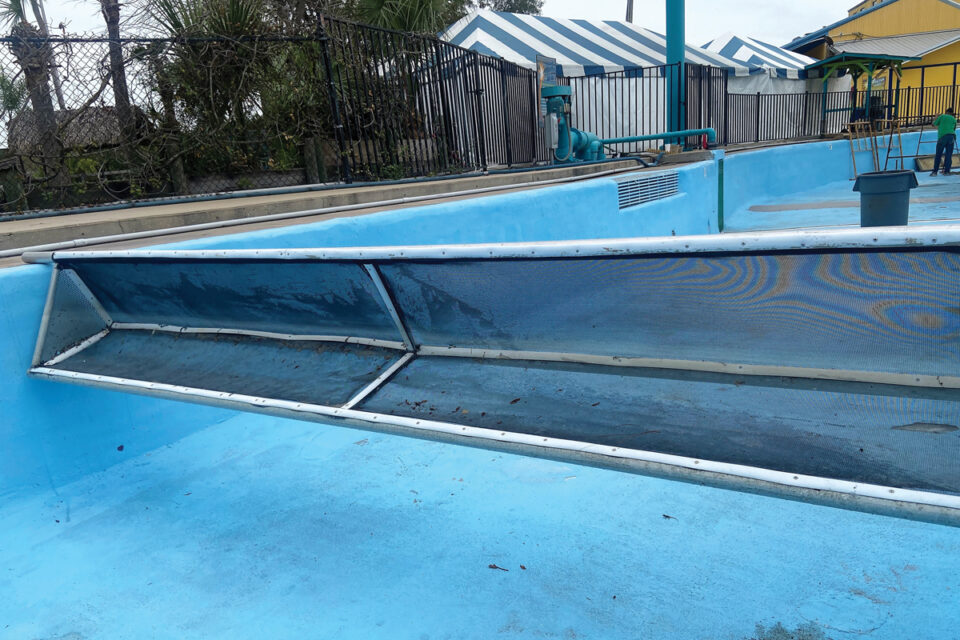
A lazy river can be a challenge to skim: The floating debris traveling at a leisurely pace is whisked downstream as a tech with a net chases behind it. My student and friend Jeremy Christian of Adventure Landing in Jacksonville, Florida, found a way to work smarter, not harder. He designed a stationary skimming apparatus that dips just beneath the surface and uses the flow of the river to drive the leaves into the collection tray.
Have a pool where the pH always runs low? Aim a single through-the-wall return jet toward the surface, so it creates a ripple in the water. The turbulence from the ripple will cause the aqueous carbon dioxide to outgas, increasing pH without affecting the total alkalinity. It may take a day or two depending upon pool size, but with this hack, you might not need to worry about pH again. As always, I’m hoping you’ll find something here that makes your job easier, your pool safer and your company more profitable. Have a pool hack of your own? Pay it forward.



